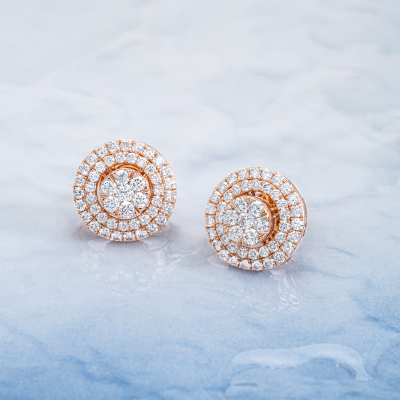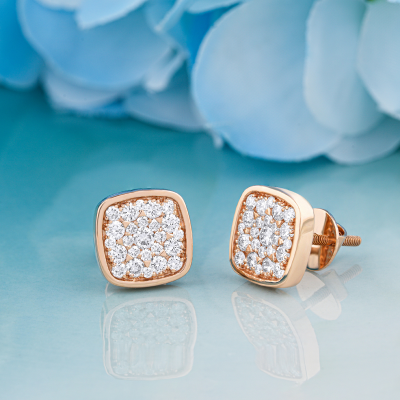Lab-grown diamonds, also known as synthetic diamonds, are created in a laboratory under controlled conditions, whereas natural diamonds are formed under the Earth’s surface over millions of years. While lab-grown diamonds and natural diamonds may look similar, there are a few differences between both kinds. If we specifically talking about size then Yes, lab-grown diamonds can be the same size as natural diamonds. The size of a diamond is determined by its carat weight, which is a measure of its mass. Lab-grown diamonds can be produced in a range of sizes, from small melee stones to large gem-quality diamonds. Also, we do have different sizes available in both natural and lab-grown diamonds and we can use them for further things. There is also some difference between both kinds in terms of size, quality, and price.
Difference between Natural and Lab-grown Diamonds
Size
When it comes to size, lab grown diamonds can be produced in a variety of sizes, from small accent stones to larger center stones. The size of a lab-grown diamond is determined by the size of the seed crystal used to grow it. Seed crystals are typically around 1mm in size, which means that lab-grown diamonds can be grown to a maximum size of around 10 carats. However, larger lab-grown diamonds are less common and more expensive to produce.
Natural diamonds, on the other hand, can be found in a wider range of sizes. The largest natural diamond ever discovered is the Cullinan Diamond, which weighed in at a whopping 3,106 carats. While most natural diamonds are smaller than this, they can still be found in sizes ranging from a few points to several carats.
Quality
When it comes to quality, both lab-grown and natural diamonds can be high-quality, but there are a few differences to consider. Lab-grown diamonds are created under controlled conditions, which means that they are more consistent in terms of quality. They are also free from the impurities and inclusions that can be found in natural diamonds. This means that lab-grown diamonds can be produced with higher clarity and color grades than natural diamonds.
However, the quality of a lab-grown diamond can also be affected by the manufacturing process used to create it. Different manufacturers use different processes and equipment, which can affect the quality of the resulting diamond. It’s important to buy lab grown diamonds from reputable manufacturers who use high-quality equipment and processes.
Price
Natural diamonds, on the other hand, can vary widely in terms of quality. They may contain inclusions or impurities that can affect their appearance and value. However, natural diamonds can also have unique characteristics, such as fancy colors, that make them highly prized.
When it comes to price, lab-grown diamonds are generally less expensive than natural diamonds. The cost of a lab-grown diamond is determined by its size, quality, and the manufacturing process used to create it. While some high-quality lab-grown diamonds can be quite expensive, they are still generally less expensive than natural diamonds of similar size and quality.
Natural diamonds are much more expensive due to their rarity and the cost of mining and processing them. Additionally, the price of natural diamonds can be affected by factors such as their size, quality, and the market demand for them.
Conclusion
In conclusion, lab-grown diamonds can be produced in a variety of sizes but are limited to around 10 carats due to the size of the seed crystals used to grow them. In fact, lab-grown diamonds can be even larger than natural diamonds, as they can be grown under controlled conditions and without the limitations of natural diamond formation.
However, it’s important to note that the size of a diamond is just one factor that affects its value and desirability. Other factors, such as color, clarity, and cut, also play a significant role in determining a diamond’s quality and price. They can be high-quality and free from impurities and inclusions, but the quality can vary depending on the manufacturing process used.
Lab-grown diamonds are generally less expensive than natural diamonds due to their lower production costs. Natural diamonds, on the other hand, can be found in a wider range of sizes and qualities, but are much more expensive due to their rarity and the cost of mining and processing them.










